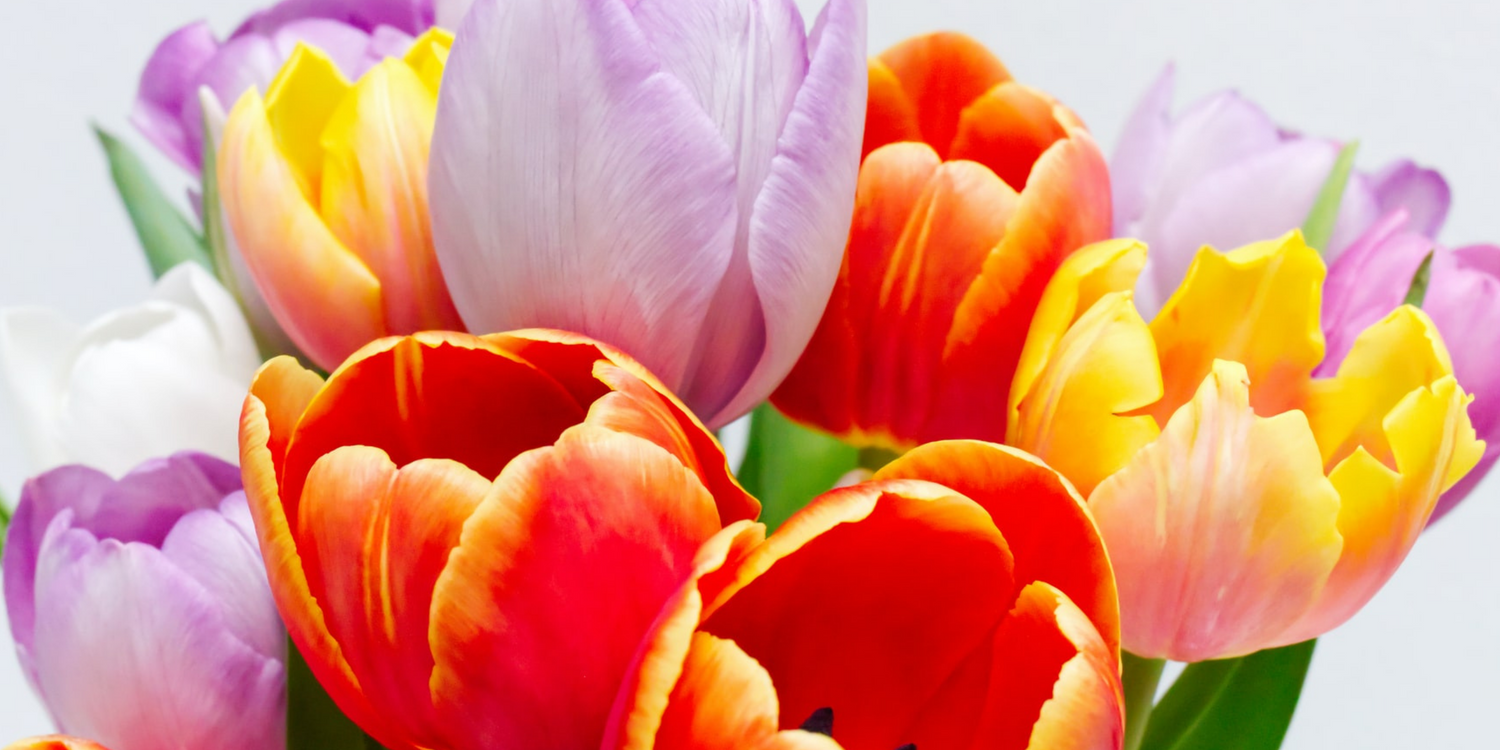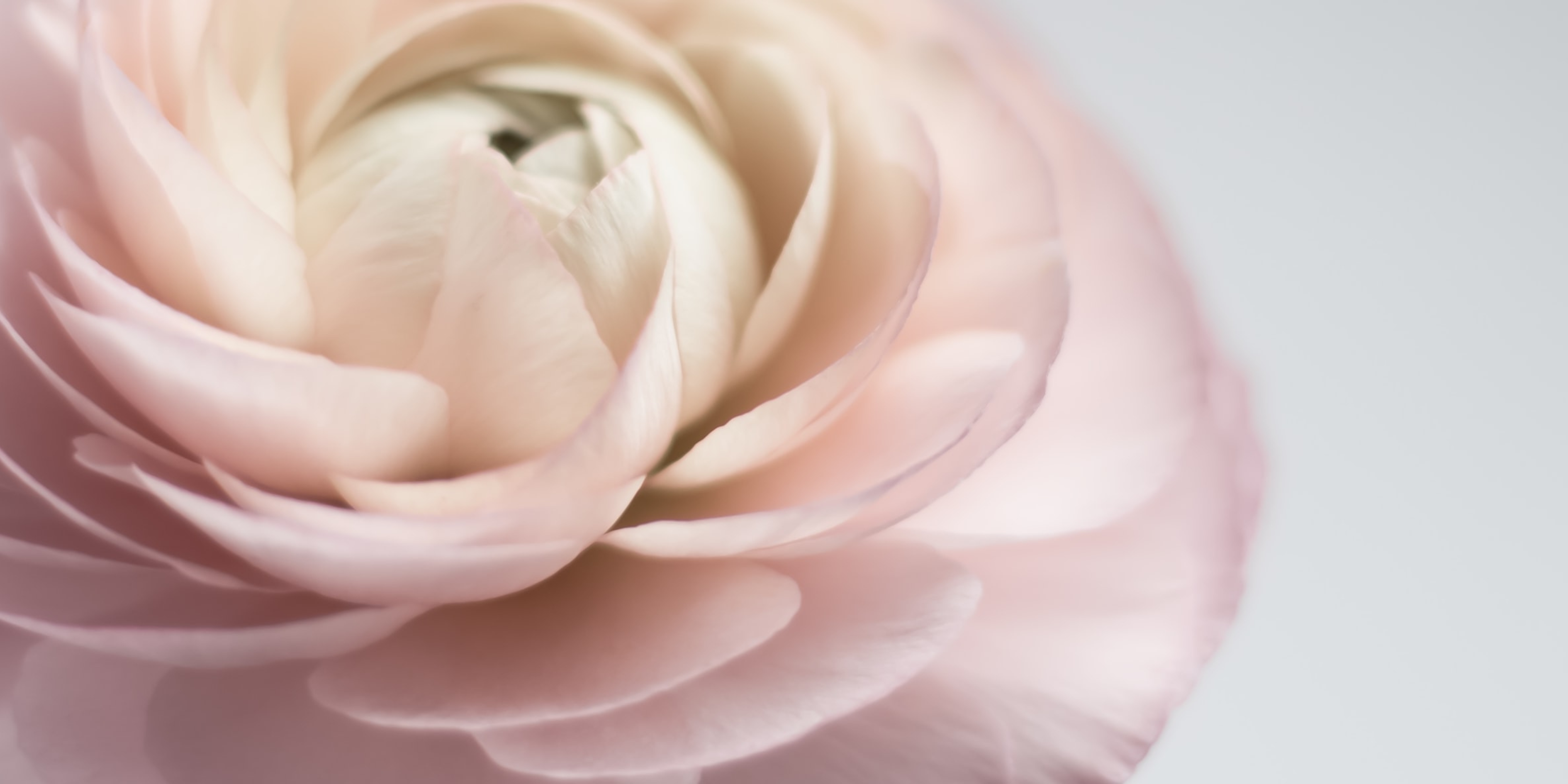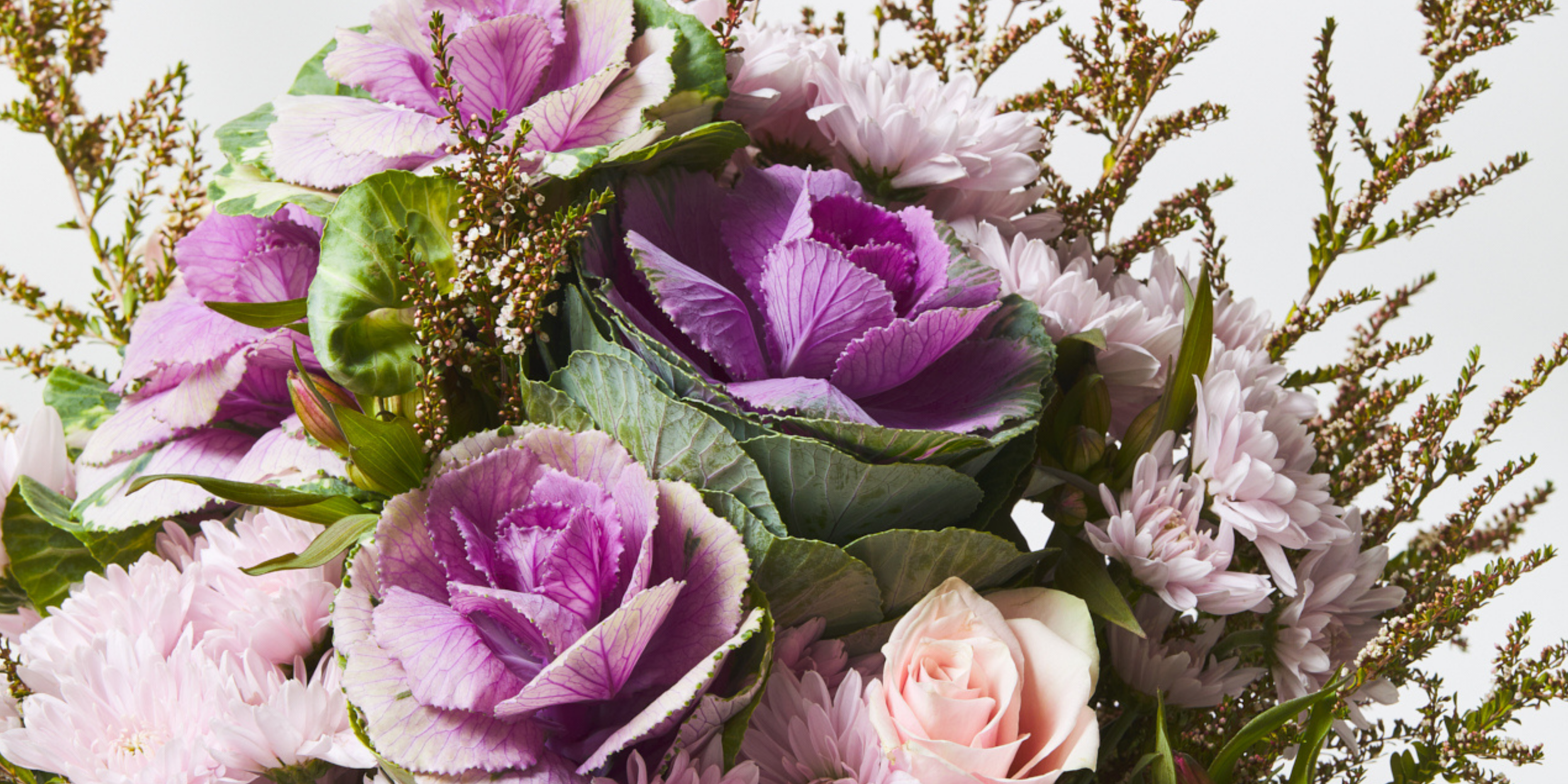Simple, elegant, and classic, the tulip is one of the most recognisable and loved flowers in the world. Whether you’re treating yourself to a bouquet or surprising a loved one, tulips are a gorgeous option.
You'll find beautiful tulips in several of our bouquets this season, but you can also buy a bunch on their own.
shop mixed tulips
Once you’ve got your hands on a bunch of breath-taking blooms, you’ll want to ensure they remain healthy and beautiful for as long as possible. So, how long do tulips actually last? In this guide, we explore all things tulips, including tips on how to care for them to extend their lifetime in your home.
Tulips: A Brief History

Tulips have been adored for centuries, and for good reason. They’re beautiful, understated and timeless — what’s not to love?
Today, the location best known for tulips is Holland (aka The Netherlands). Each spring, numerous fields here are cultivated to produce these amazing blooms in an array of stunning colours, which creates quite the spectacle!
But did you know tulips actually originated as wildflowers in Central Asia? They were first cultivated in Turkey in around 1000AD, and weren't introduced to Europe until the 16th Century. By the 17th Century they had gained so much popularity that prices for tulips surged as demand increased. The Netherlands even named the frenzy ‘tulip mania’.
What do Tulips Represent?

Like roses and other blooms, tulips actually symbolise different things depending on their colour. This is one of the reasons they’re such a popular gift option — there truly is a tulip for everyone and every occasion.
There are three main overarching meanings for tulips in general.
-
Perfect or Deep Love. As we now know, tulips are classic flowers that have been adored for centuries. This rich history has led them to become associated with true and deep love. This meaning likely also stemmed (pun definitely intended) from the tulip price boom — if you were gifted tulips during this time, the gift was a true sign of adoration because of the associated cost.
-
Rebirth. Tulips bloom at the beginning of spring, and for this reason they carry with them the meaning of rebirth. Tulips are often gifted to people bringing new life into the world, or to those going through significant life changes and challenges.
- Charity. Tulips are bright, bold, and cheerful blooms, which is why many charities use them to represent a new season or new beginnings.
-
White tulips symbolise honour, consideration, purity, and respect. They are often used to signify an apology, or for religious celebrations such as Christenings.
-
Purple tulips represent regality and elegance. Purple has long been associated with royalty; historically, purple dye was extremely expensive and rare, and primarily reserved for members of the royal family. If you’re seeking a gift for someone you hold in high regard, purple tulips are a great option.
-
Red tulips convey deep and long-lasting love, so if you’re looking for the perfect way to convey your passion for someone special, tulips are the way to go! These make a great alternative to red roses for romantic gifting occasions such as Valentine's Day.
-
Pink tulips symbolise care, compassion, and affection. While red tulips are associated with more passionate romantic love, pink tulips are ideal for platonic or familial love. Convey your gratitude, love, care, or congratulations with pink tulips. Pink tulips are a popular flower gifting choice for Mother's Day.
- Yellow tulips represent happiness and hope. They are perfect for brightening the home and adding a little joy to a loved one’s day. If you know someone who's going through a rough patch or been unwell, yellow tulips are a great flower to send in order to cheer them up and wish them well.
Do Tulips Flower Every Year?

Let’s start with some definitions. Perennial flowers are bulbs that come back every year, usually with more blooms than before. Annual flowers last for a season, so the bulbs need to be replanted each year.
With those definitions in mind, tulips are naturally perennials—they’re expected to come back every year. However, if they're grown outside their ideal climate conditions, they won’t be able to regenerate properly. Tulips require very cold winters and hot, dry summers in order to bloom perennially. In other words, unless the growing garden is located in the foothills of Nepal or the steppes of Turkey, they are unlikely to bloom season after season.
So, in most cases, tulips are treated as annual flowers and are replanted each year.
When do Tulips Flower in Australia?
In Australia, tulips are planted at the beginning of autumn or winter and flower during the spring, from September through to November. As mentioned above, they grow best in very cold winters. They will generally flower for around 6 weeks before wilting down.
How Long do Tulips Last?
Cut tulips can last anywhere from 5 to 10 days, depending on how well they’re cared for.
To keep your blooms fresh and beautiful as long as possible, it’s important to tend to them regularly and give them as much TLC as you’d show your more permanent houseplants!
How to Care for Tulips

To give your tulips the best chance at a long and healthy vase life, ensure they are regularly snipped, well-hydrated, and placed in a heat-free spot. Don't just set them in the vase and forget about them.
Snip the Stems
Tulips are thirsty flowers, so be sure to snip the bottom of the stems at a 45 degree angle before placing them in water. This method will increase water uptake, which is important as proper hydration will prevent your flowers from drooping or wilting quickly. Ensure you use sharp secateurs or scissors, as blunted blades can damage the stems.
It’s also a good idea to snip the stems again when you replace the vase water, which you should do every 2 days. This will prevent stem discolouration and help maintain optimal hydration.
Hydrate Them
We know tulips love their water, so it’s no surprise that they require a good watering routine. Pop your tulips in water as soon as you get them. They will drink a lot, so be sure to refill the vase with fresh water every other day.
We also recommend giving the vase a rinse and a wipe to get rid of any gunk or slimy residue that may have settled. This will help to ensure your flowers are thriving in fresh, clean conditions.
Position Them Properly
It’s important to keep your tulips away from harsh sunlight, as heat can cause them to droop, wilt, and dry out prematurely. In the same vein, be sure to keep them away from heaters, fires, radiators and air conditioners.
Can You Dry Tulips?

Drying flowers has gained popularity in recent years, and we love to see it!
Breathe new life into your blooms by creating your own dried flower arrangement. Alternatively, if you’ve received a bouquet that is particularly significant, you can dry a few of the flowers and tuck them away as a keepsake.
There are a number of way to dry your flowers, and for a complete break down you can visit our dedicated article. However, for tulips, microwave or silica drying are the most effective methods.
Microwaving Your Tulips
Microwaving is a quick and easy method for drying flowers. Where air drying can take up to four weeks, microwave drying will only take about a day or two.
What you’ll need: A microwave, a microwave-safe container, silica gel, a microwave-safe cup, water, and scissors.
Step 1 – Remove as much of the stem as you can, removing the leaves as you go.
Step 2 – Half fill a microwave-safe container with a layer of silica gel.
Step 3 – Pop the flower heads into the container, ensuring they are spaced out properly.
Step 4 – Pour silica gel over the top of the flowers until the container is full.
Step 5 – Place the container in the microwave with a cup of water next to it (this stops the flowers from drying out too much).
Step 6 – Microwave the flowers for 30 seconds at a time. When they feel dry enough, remove the container and let the flowers sit for another 24 hours.
Step 7 – Remove the flowers, give them a clean, and they’re good to go!
Using Silica Gel To Dry Your Tulips
This method is much like microwaving, but it doesn’t require any heating. This means it will take longer — generally a few weeks — but it has the added benefit of better preserving the colour of the blooms. It’s also a useful method if you’re looking to dry a large amount of flowers at once; you’ll just need a big container!
What you’ll need: Silica gel and an air-tight container.
Step 1 – Remove as much of the stem as you can, removing the leaves as you go.
Step 2 – Half fill the container with silica gel.
Step 3 – Place the flowers in the container.
Step 4 – Pour in some more silica gel, ensuring the flowers are covered.
Step 5 – Let them sit for a week before checking on them. If they are dry, simply remove them and clean them up! If not, check on them again every few days.
Where to Buy Tulips

Tulips are one of our most asked for flowers, so we're thrilled to be able to offer a gorgeous Mixed Tulips bunch.
Why choose tulips from Floraly? We do things a little differently here. We are focused on the journey from ‘bud to bloom’. We send our tulips to you while they’re still in bud, meaning the petals open up while in your home. This ensures they’ll last as long as possible.
A fun fact about tulips is that, once they've been cut and placed in water, they'll actually continue to grow. They’ll end up taller than they did when they arrived!
We head out to source the tulips after you order them. This helps to reduce waste and also guarantees you receive only the freshest of blooms. Note: our florists will gather your tulips from the flower market every morning, so the arrangement of colours in our Mixed Tulips bunch will vary depending on the blooms of the day.
You can select from a simple arrangement (10 stems), a classic arrangement (with 50% more stems), or a grand arrangement (with double the stems). You can opt for either our signature letterbox packaging, or you can choose for the blooms to arrive hand-tied in a beautiful glass vase.
Are Tulips Poisonous to Cats and Dogs?
Unfortunately, tulips are toxic and poisonous to cats, dogs, and horses.
Tulips are part of the lily family—you may recognise the similarities in their stamen and pistil (the parts at the centre of the flower head, encased within the petals). This means they contain toxic glycosides. They are most toxic in the bulb, lower stem, and leaves, but any part can be very dangerous if consumed by your pet.
Be sure to keep your tulips away from your furry friends—ideally on a shelf or a high table, well out of reach. If you suspect your pet has ingested any part of your tulips, be sure to contact your vet immediately.
A Final Word

Tulips are beautiful blooms that, depending on their colour, are representative of love, care, joy, rebirth, purity, elegance, and hope.
When properly cared for, your tulips can last as long as 10 days. Be sure to regularly replace the vase water, snip the stems, and position them in a spot with filtered light to ensure you get the most longevity out of your fresh-cut tulips.
To extend the life of your tulips even further, why not try drying them? We recommend microwaving them or using silica gel to dry your tulips.
Surprise a loved one with our Mixed Tulips bunch or a bouquet containing tulips. Explore our range today.



